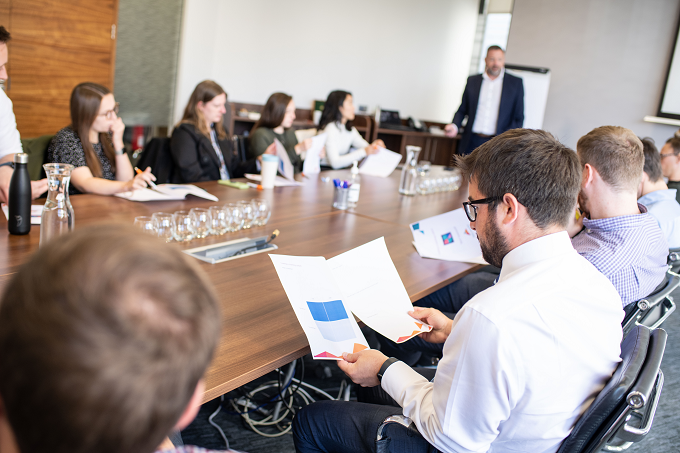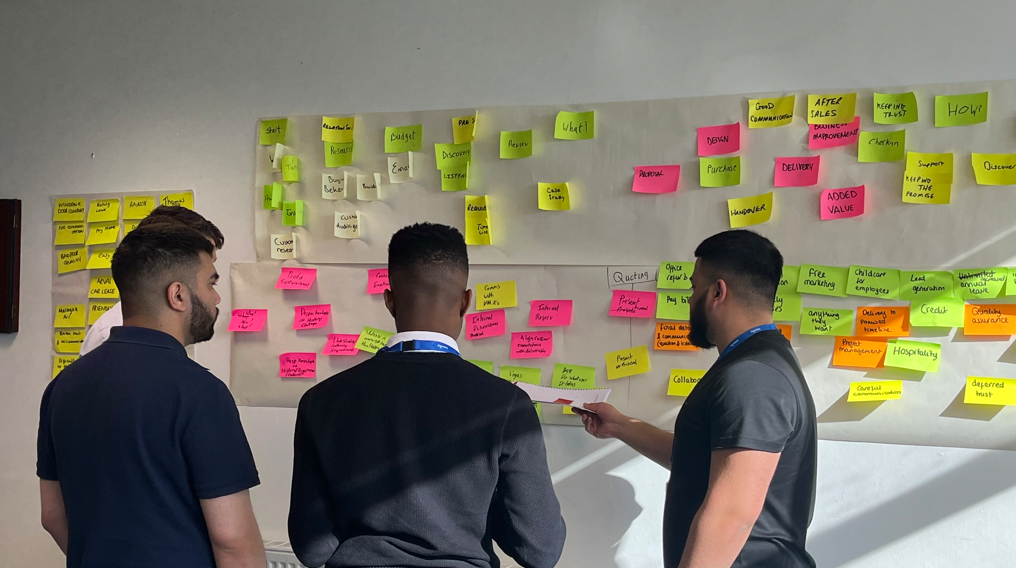When I was 25 years old, you couldn’t tell me or train me in anything, as a salesperson I knew it all, I was hitting my targets, achieving my bonus and living the life of riley. It is only now a few (ahem!) years on that I realise how little I really knew and understood and how important personal training, development and growth is.
The problem with training and development (at that time) appeared to be that a lot of the training at the time was pretty poor, you know the score, 423 PowerPoint slides of information that was out of date, clunky and not really quite connected to “my real world”. Now the shoe is on the other foot and I find myself director of a training company trying to engage the 25 year olds (and others) in personal development. I would like to think we can engage a lot more people and motivate them to learn and develop (our feedback seems to support this).
So what do we do that is so radically different to others?
We simply focus on how individuals learn, we engage them in a number of different ways. As a simple example, imagine if you have bought a new digital radio. When you get home I am going to offer you two choices. The first is to read all of the instructions before you plug it in, the second is to just go and play with it until it works. Chances are you know pretty quickly which group you sit in. Now imagine I forced you to go against your preferred method. Those of you who just want to play are forced to read the instructions and vice versa. How well does this sit with you? How effective if this? How frustrated would you be? This is a simple example of how we like to take information in, and in essence it is why not everyone engages in training in the same way.
When we deliver training, we rely very heavily on discovery, we don’t use PowerPoint, we tend to build information and ideas with groups. This self-discovery really helps people engage and helps the information stick. We focus on three key areas in training and they are knowledge, skills and behaviours. The last one, behaviours, is key for us, especially in a sales environment. The reason for this is, in a lot of instances sales people know what they should be doing, they just don’t so it (behavioural choice). We help them identify why they don’t do certain things and this can be a very enlightening journey. Once they can see this, our role switches to helping them find the most effective behaviours to achieve their goals. Think about this from your own perspective and job role, what are the things you know you should do, but don’t, what do you avoid and why?
One of the other areas we use to bring training to life is to mix up what and how we deliver information. We use workbooks for those that like to read and see the details, group work for participants to roll up their sleeves and get stuck in and individual exercises to share experiences. Videos are used to stimulate the group with external content and we provide additional material to delegates to read around the subject should they wish to. We also use games (Lego features a lot) to help delegates appreciate some subjects in a different way. All of these techniques help engage all of our delegates with a keen eye on my 25 year old self, sitting in a training room thinking – “go on then, impress me!”










